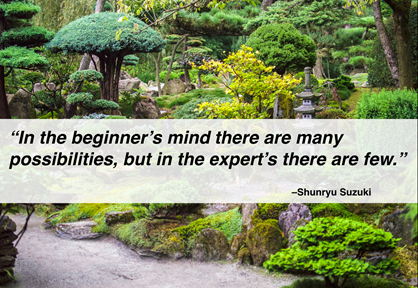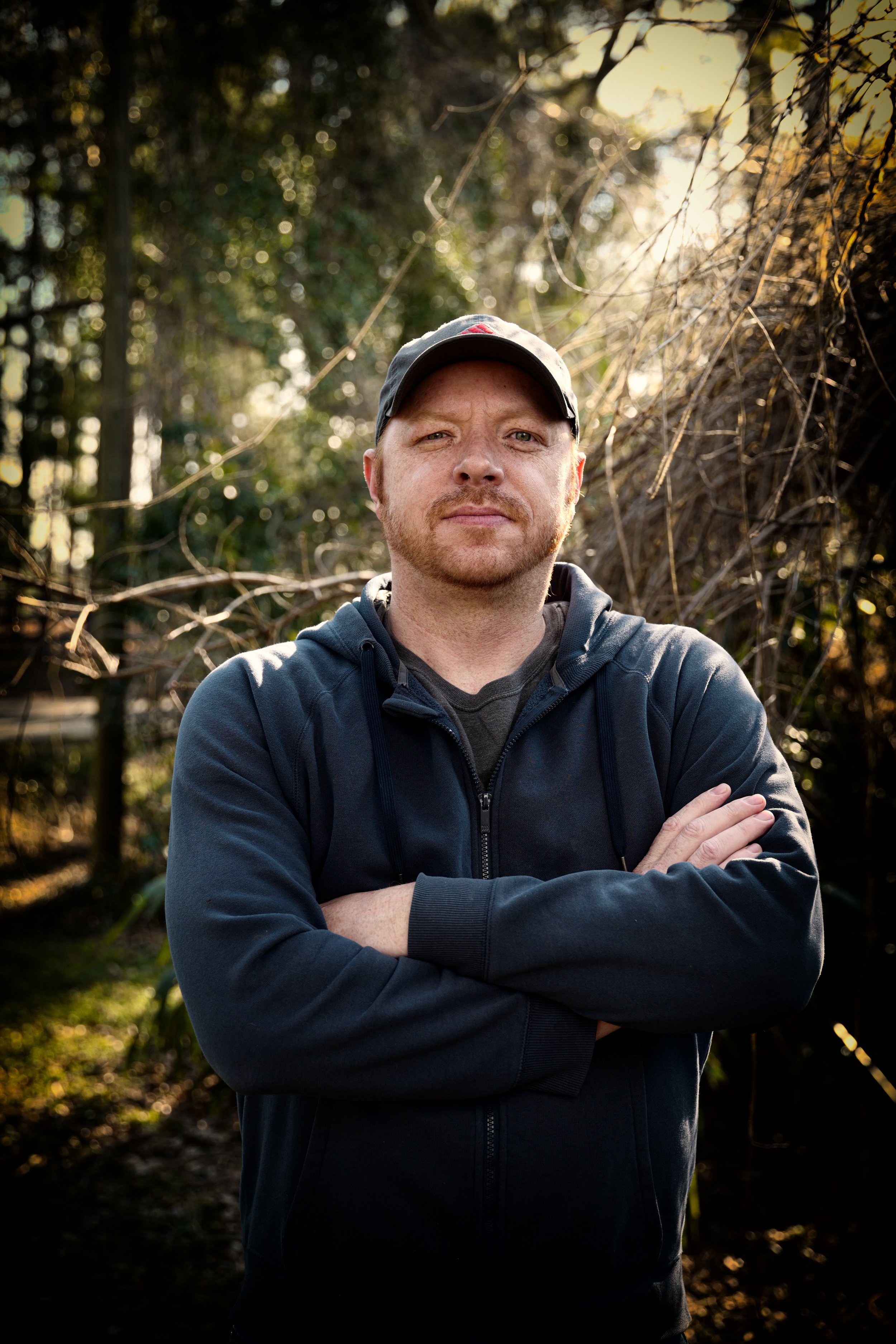Facts About Circularly Polarized Luminescence Uncovered
Facts About Circularly Polarized Luminescence Uncovered
Blog Article
The 25-Second Trick For Uv/vis/nir
Table of ContentsThings about SpectrophotometersEverything about Circularly Polarized LuminescenceSome Known Details About Circular Dichroism The smart Trick of Spectrophotometers That Nobody is Talking AboutThe Best Strategy To Use For Circular Dichroism

Spectrophotometry is a tool that hinges on the quantitative analysis of particles depending on how much light is absorbed by colored substances.
Little Known Facts About Uv/vis.
A spectrophotometer is typically used for the measurement of transmittance or reflectance of options, transparent or opaque solids, such as polished glass, or gases. Although many biochemicals are colored, as in, they soak up noticeable light and therefore can be measured by colorimetric procedures, even colorless biochemicals can often be converted to colored compounds appropriate for chromogenic color-forming reactions to yield compounds suitable for colorimetric analysis.: 65 However, they can also be created to determine the diffusivity on any of the noted light ranges that normally cover around 2002500 nm using various controls and calibrations.
An example of an experiment in which spectrophotometry is used is the determination of the equilibrium constant of a service. A particular chemical reaction within a solution might take place in a forward and reverse instructions, where reactants form items and items break down into reactants. Eventually, this chemical reaction will reach a point of balance called a balance point.
The 5-Minute Rule for Circularly Polarized Luminescence
The quantity of light that goes through the service is indicative of the concentration of particular chemicals that do not enable light to go through. The absorption of light is because of the interaction of light with the electronic and vibrational modes of particles. Each type of particle has a private set of energy levels connected with the makeup of its chemical bonds and nuclei and therefore will take in light of specific wavelengths, or energies, leading to distinct spectral properties.
They are extensively used in numerous markets including semiconductors, laser and optical production, printing and forensic examination, as well as in laboratories for the study of chemical compounds. Spectrophotometry is often used in measurements of enzyme activities, decisions of protein concentrations, decisions of enzymatic kinetic constants, and measurements of ligand binding reactions.: 65 Ultimately, a spectrophotometer is able to figure out, depending on the control or calibration, what compounds are present in a target and precisely how much through estimations of observed wavelengths.
This would come as an option to the formerly produced spectrophotometers which were unable to absorb the ultraviolet properly.
The 45-Second Trick For Uv/vis
It would be found that this did not provide satisfying results, therefore in go to my blog Model B, there was a shift from a glass to a quartz prism which permitted much better absorbance results - spectrophotometers (https://www.figma.com/file/eT4jdyebIeUQ23ozOL89IX/Untitled?type=design&node-id=0%3A1&mode=design&t=vN0gsYYCmHohU5HF-1). From there, Model C was born with an adjustment to the wavelength resolution which wound up having 3 units of it produced
It was produced from 1941 to 1976 where the cost for it in 1941 was US$723 (far-UV accessories were a choice at extra expense). In the words of Nobel chemistry laureate Bruce Merrifield, it was "probably the most essential instrument ever established towards the improvement of bioscience." Once it became discontinued in 1976, Hewlett-Packard created the very first commercially readily available diode-array spectrophotometer in 1979 understood as the HP 8450A. It irradiates the sample with polychromatic light which the sample soaks up depending upon its residential or commercial properties. Then it is transferred back by grating the photodiode selection which identifies the wavelength region of the spectrum. Considering that then, the creation and application of spectrophotometry gadgets has increased exceptionally and has become one of the most ingenious instruments of our time.

Some Known Details About Circularly Polarized Luminescence
The grating can either be movable or repaired.
In such systems, the grating is fixed and the strength of each wavelength of light is determined by a various detector in the array. When making transmission measurements, the spectrophotometer quantitatively compares the portion of light that passes through a reference service and a test service, then digitally compares the strengths of the 2 signals and computes the percentage of transmission of the sample compared to the recommendation requirement.

Report this page